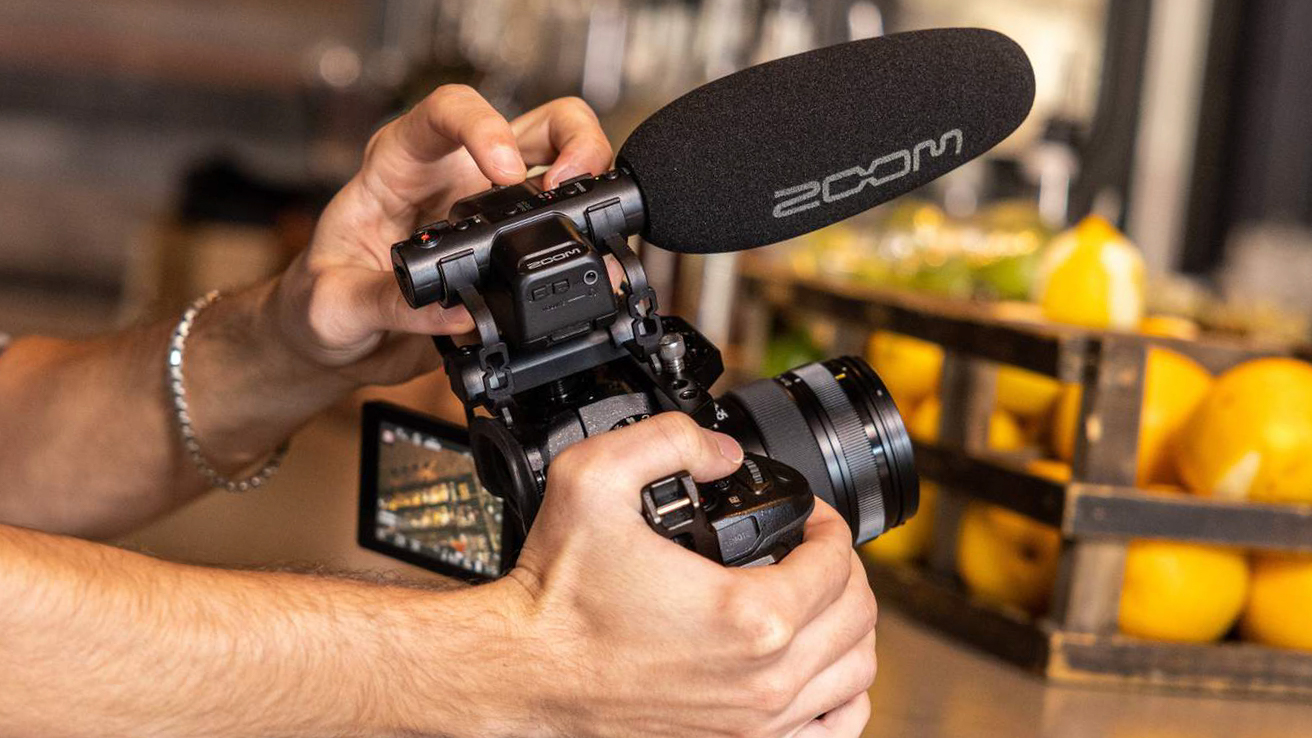
When you start shooting video, you learn very quickly that the sound is as important as the vision. A good soundtrack adds more dynamism, depth and emotion to the imagery and, if you’re recording voices, they need to be clear and understandable. Audio recording is a whole new ball game for photographers, and it has its own technical complexities and challenges. As with video, there’s a lot to learn.
Digital audio recording specialist Zoom – a Japanese company – specializes in compact and highly-portable devices which are capable of delivering high-quality sound on location. Zoom products have become popular with professional film-makers who shoot in challenging locations and extreme conditions, capturing subjects such as adventure sports and expeditions.
Recently, the company launched a new series of products called MicTrak which combine a microphone and an audio recorder in the one handy device. Among the MicTrak line-up is the M3 which is an on-camera microphone-and-recorder for video-makers using mirrorless cameras or DSLRs. It jumps into what’s now a quite crowded video mic market where the likes of Rode, Sennheiser and Shure have become well established, but the Zoom M3 has a trick up its sleeve called 32-bit ‘float’ recording.
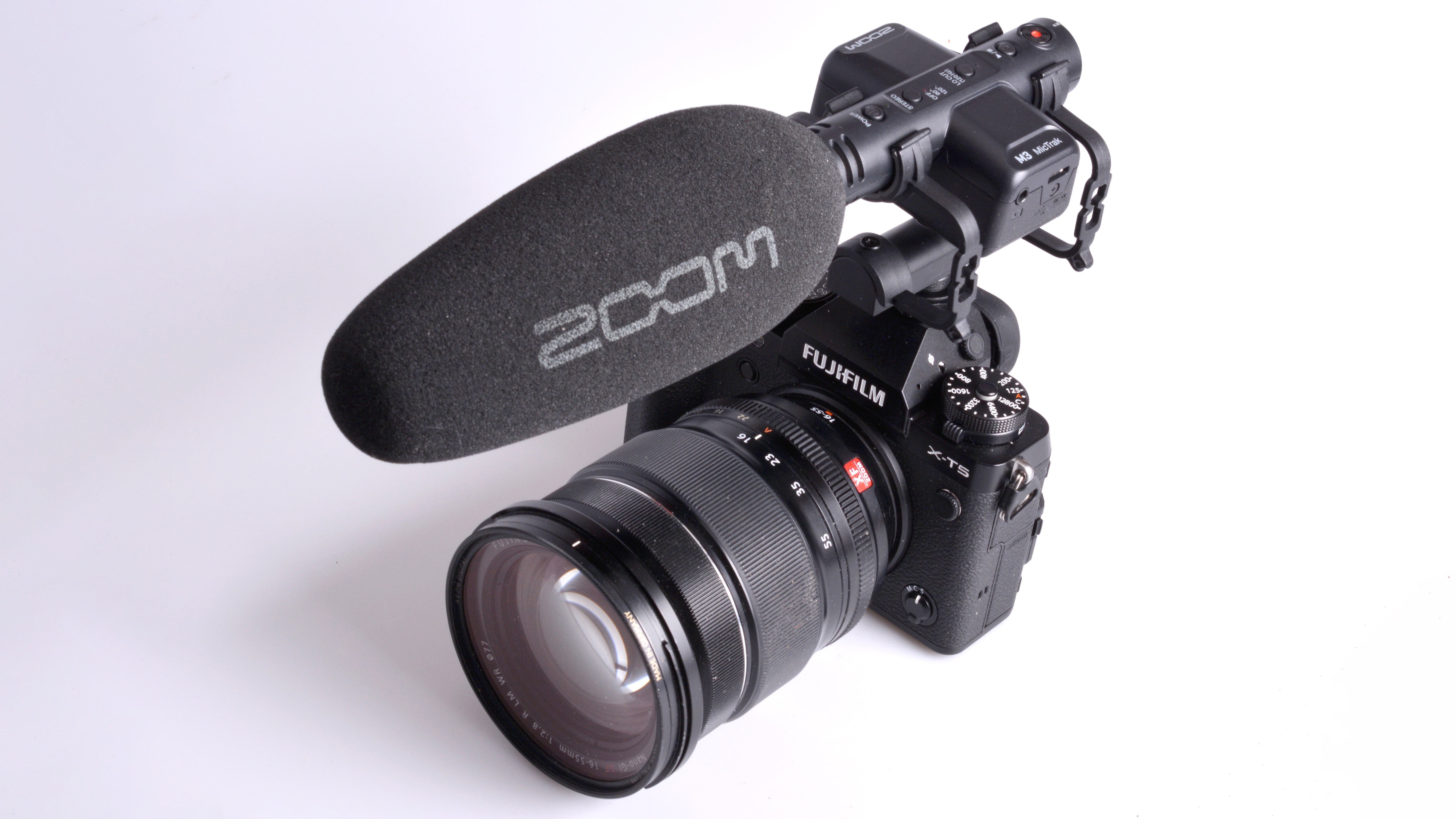
This is an audio recording technology that’s designed to eliminate clipped and distorted audio – which often happens because of sudden jumps (or reductions) in sound levels – thanks to the significantly larger dynamic range inherent in 32-bit depth sampling. It gives over four billion amplitude values, resulting in a dynamic range louder than anything found on earth. In other words, everything from whispers to explosions are well within its dynamic range which means the M3 can be used to record virtually any sound source without the need to worry about either clipping or distortion. The practical implications are that there’s no need for a manual gain control to set the recording levels, and it also provides much more flexibility for dealing with audio distortion in post-production because all the data is still there and is fully recoverable.
The M3 MicTrak is powered by a pair of AA-size batteries and, attached to your camera, it records audio independently via its built-in digital recorder with the data stored on a microSD memory card (with support for up to 1TB devices). Obviously, it not only bypasses the camera’s microphones – which inevitably have a limited dynamic range – but also its 16-bit internal audio recording with its associated limitations. However, the M3 has a 3.5mm stereo line-level output so you can still plug it into the camera’s audio input and record simultaneously to the camera’s memory card which provides a backup or, likely more usefully, a guide track for syncing the vision and sound in postproduction. Additionally, the M3 always saves a ‘Mid-Side RAW’ backup file which also gives you the flexibility to adjust the stereo width of a recording in post-production using the Zoom M3 Edit and Play app (more about this shortly).
Features
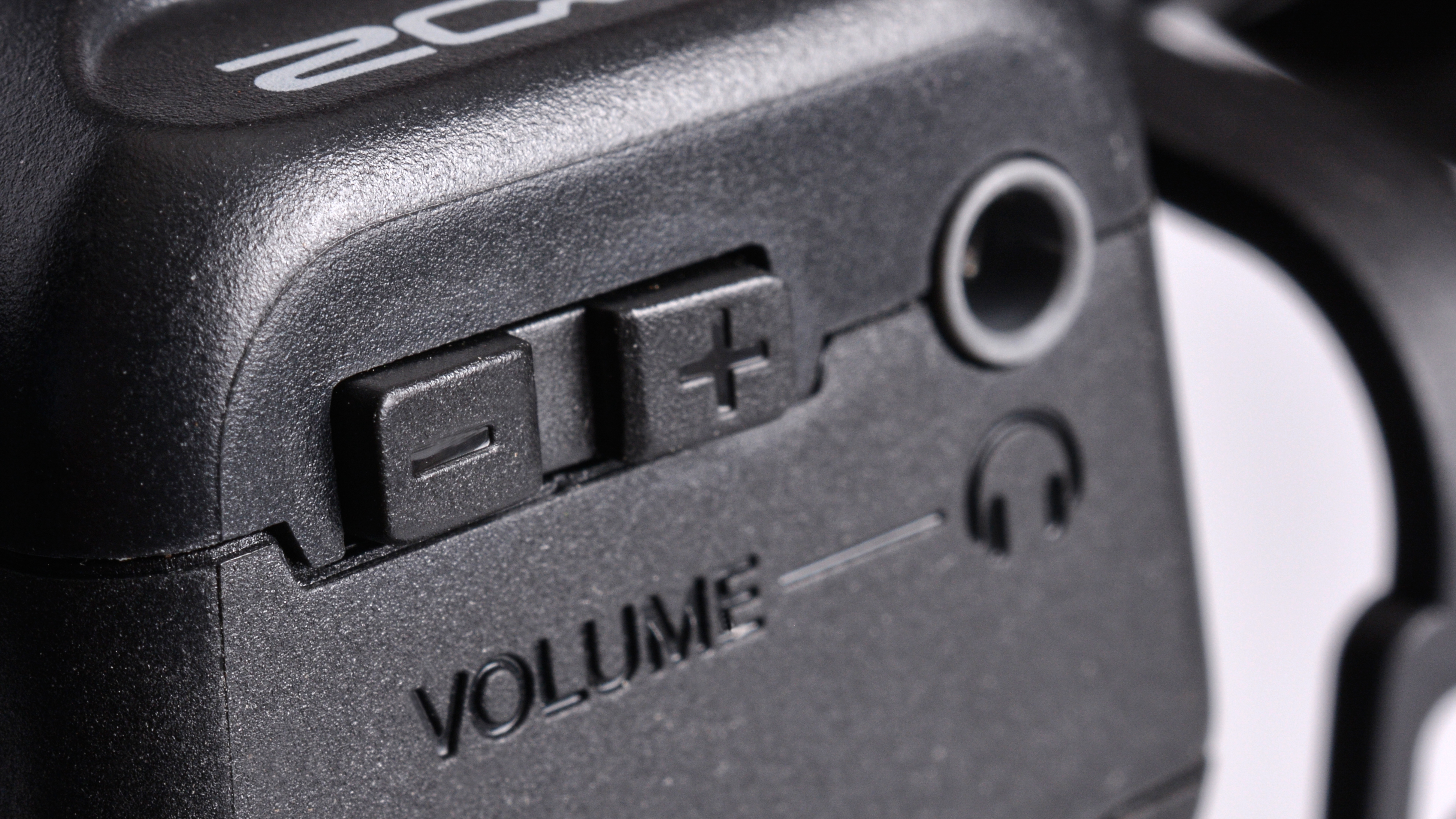
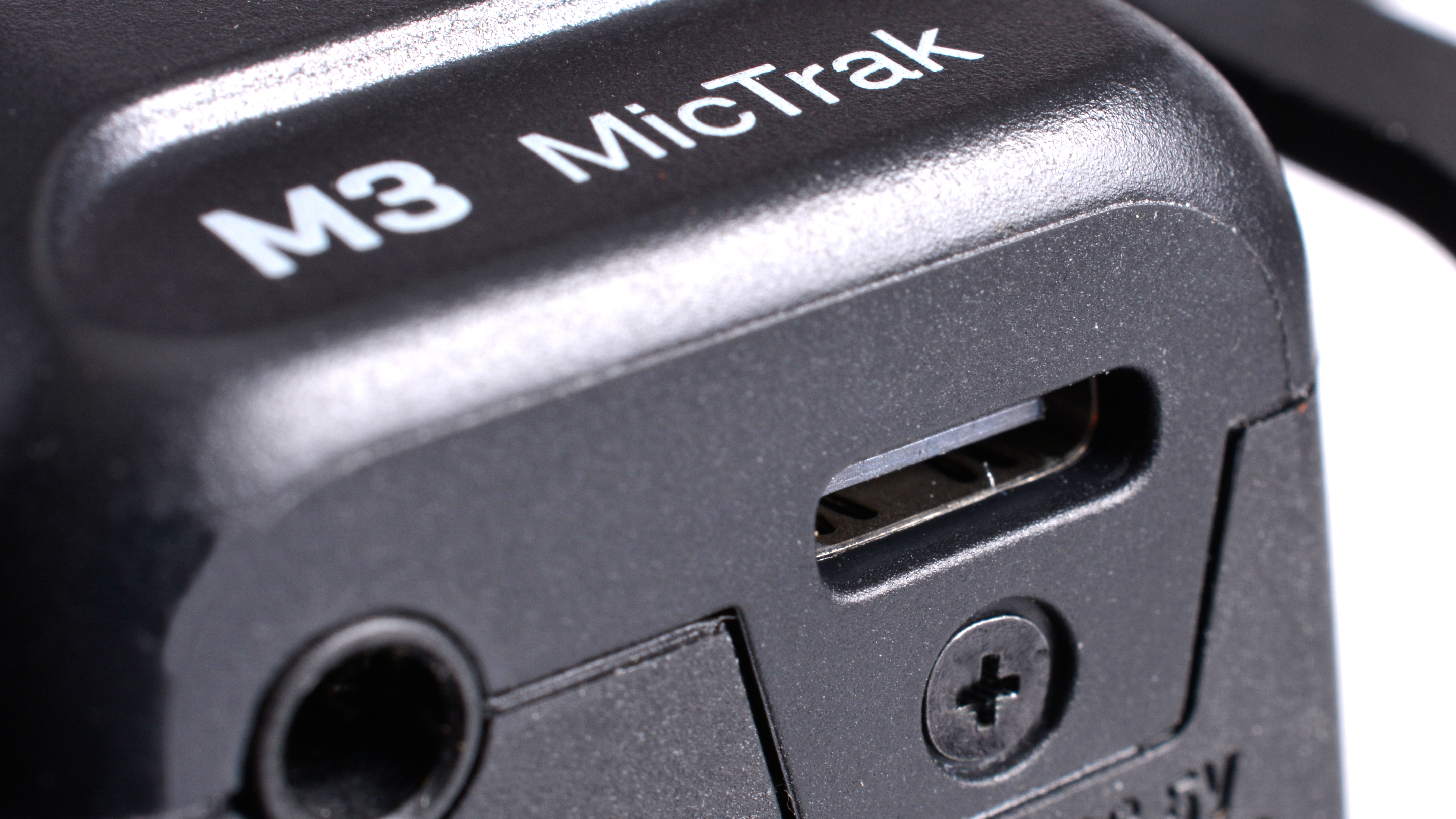
Shotgun microphones have a highly directional pick-up pattern which means that they’re the most sensitive to sounds coming from directly in front and suppress background noise. In audio terms, this is called a supercardioid pick-up pattern, and this type of microphone is also described as being unidirectional. Consequently, shotgun mics are ideally suited to recording in locations where there is a lot of ambient noise such as is created by people, traffic or machinery. The M3 actually employs a design configuration called the ‘mid-side’ (MS) format which has a mid mic that’s pointed at the sound source and a side mic that’s positioned at 90 degrees off-axis to the source so it will pick up sounds from the side. These two mics are positioned very close together so the stereo image is created by differences in loudness rather than by variations in the time delay.
Consequently, the M3’s MS configuration allows you vary the stereo ‘width’ to better match the recording application or situation. You can choose between a 90-degree span which you can think of as being more ‘focused’ on the sound source, or 120-degree pick-up which will include a little more ambient sound from the sides to create some aural atmosphere without being too intrusive or distracting.
A third option is to switch to a mono mode which is extremely directional and so, for example, is useful if you’re shooting a presenter or a singer in a very noisy location. You’ll be able to determine which setting works best via monitoring headphones which connect to the M3’s 3.5 mm stereo audio output. A USB-C port is also provided which enables the M3 to be used as a UBS mic for streaming or recording. This also allows for an external power supply to be used, although the pair of AAs batteries are good for around 12 hours of operation.

In addition to the stereo mode button, there’s one that activates a low-cut filter to deal with wind noise. The M3 is supplied with a foam windscreen and an optional ‘furry’ windscreen is available for more effective suppression in blustery conditions.
The remaining controls are for the recorder, namely a start/stop button and a play/pause button. The battery compartment module has the headphones output at one end (with a volume control), while on the other is the USB C connector and the 3.5mm stereo output. The microSD memory card slot is at the rear of the main mic body. A stereo mini cable is also supplied as is a dedicated shock mount which cradles the mic either side of the battery housing and attaches it to the camera’s hotshoe. This mount primarily isolates the M3 from camera handling noise, but as is the case with any camera-mounted mic, it isn’t always entirely effective and it’s still advisable to use the touch screen controls if video adjustments need to be made while recording.
Handling
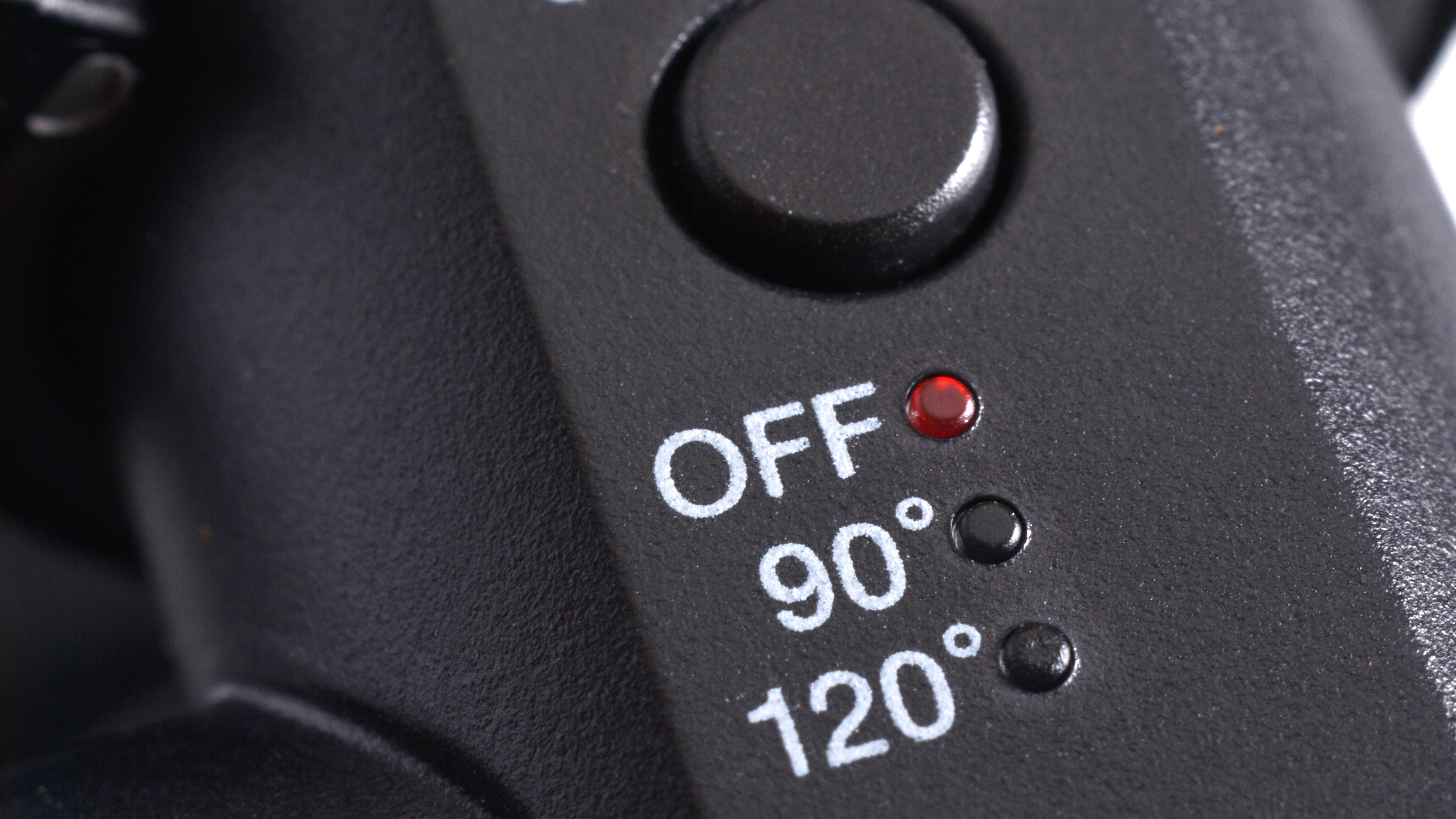
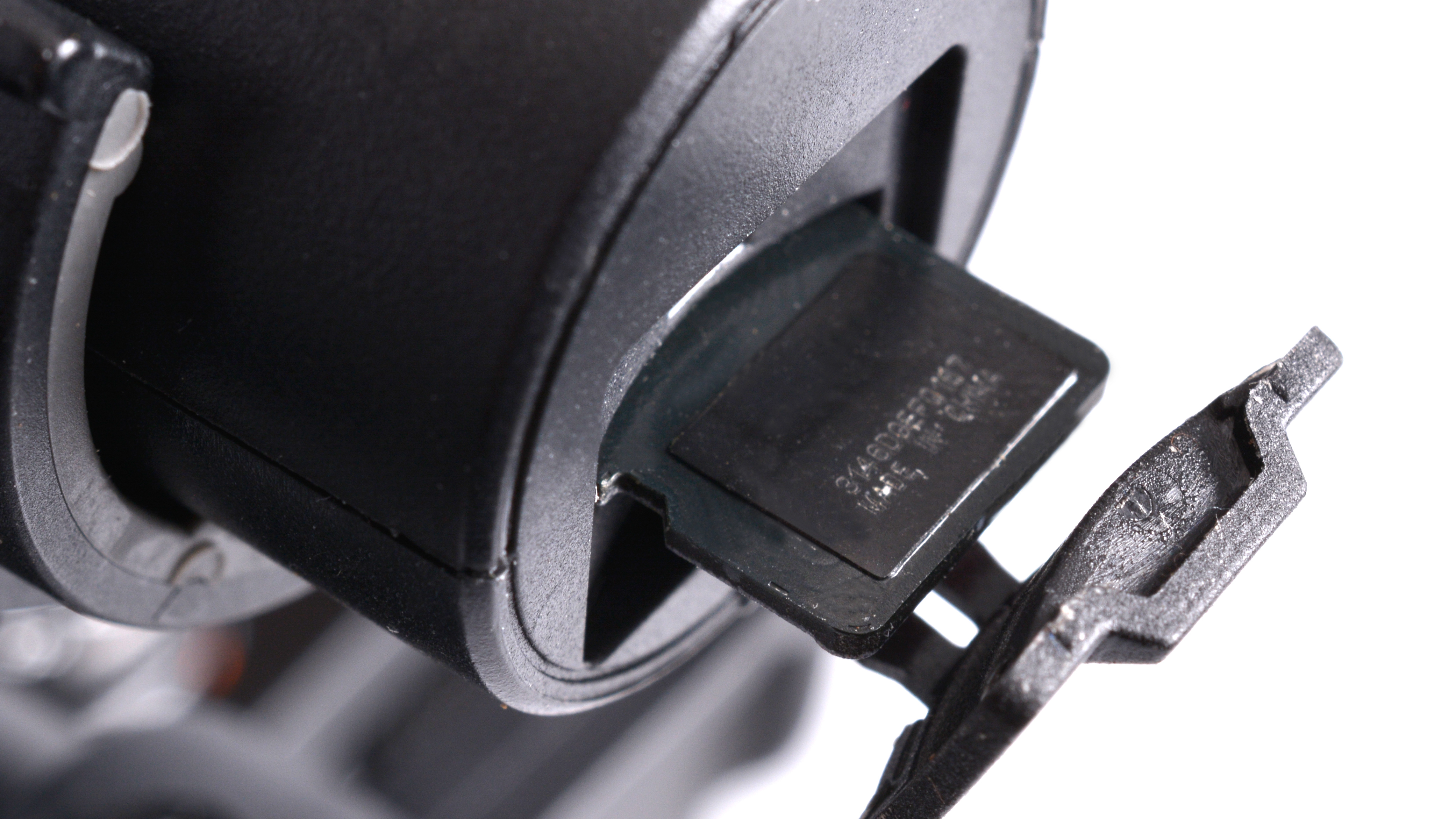
The M3 doesn’t have any digital displays, but hooked into your camera’s stereo input, you’ll obviously be able to see the stereo channel levels for the line-level feed. With the 32-bit float technology, you don’t have to really worry about the levels going to the M3’s recorder because clipping isn’t going to be an issue even with very loud sources.
There’s a recording/replay indicator lamp at the rear of the unit which shows green in stand-by, a stereo mode setting LED and a power level indicator set within the on/off button which changes from green to orange with increasing blinking frequencies as the remaining charge runs lower.
Initial set-up is performed in the Zoom M3 Edit & Play app running on your computer via the USB connection. This includes the date and time (the M3 automatically grabs this info when you first plug it in) and you also enter the battery type so the battery charge level indicator will function accurately.
When recording, the M3 mixes the inputs from the mid and side mics to create a stereo output, but the ‘Mid-Side RAW’ back-up files mentioned earlier keep them separate so you can adjust stereo width in post-production should you decide you want more – or less – ambient sound than was created with the original setting on the mic. These adjusted inputs are then mixed and converted to a 24-bit linear WAV file which you can add in to your video editing timeline.
Performance
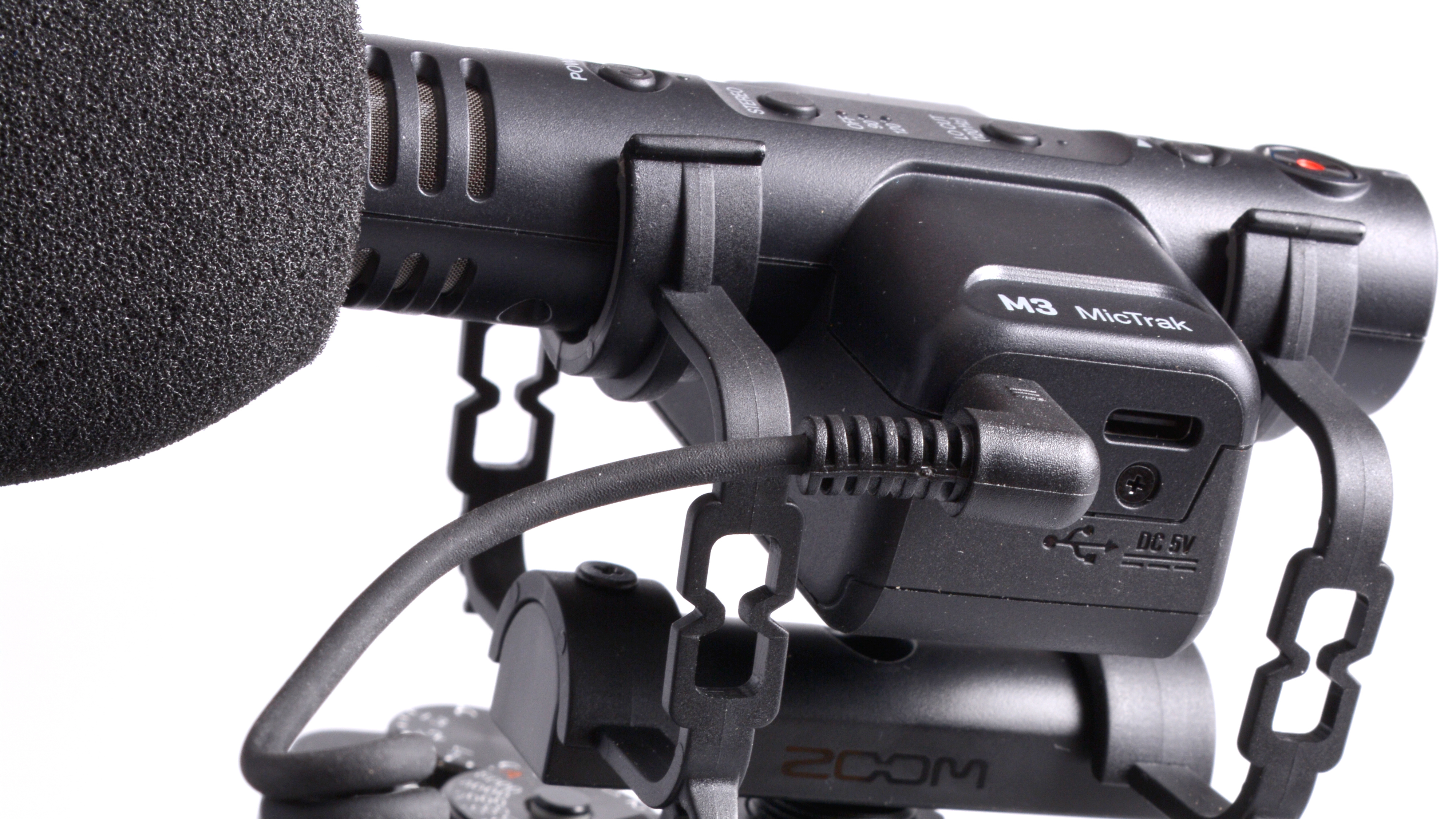
Apart from the fact that you don’t need to carry a separate audio recorder to get higher-quality sound than what’s possible from your camera – which is a major convenience in itself – the M3 also delivers superior sound full stop… and at an affordable price too. Zoom uses the 32-bit float technology in its pro-level F series stand-alone audio recorders such as the compact F3 which is around $150 more expensive even before you add in the cost of a microphone and a shock mount. Zoom is targeting the M3 MicTrak very much at enthusiast-level video-makers who are ready to step up to more professional audio recording.
The audio quality is exceptional by any standard, but truly remarkable for the money. Using the M3 microphone alone will make a discernible difference to the definition and dynamism of the sound recorded in-camera, but using the recorder takes it to another level which is very evident if you directly compare the two… even just using your editing computer’s basic loudspeakers.
The increased dynamic range is quite obvious, especially with the quieter sounds which are preserved in all their subtle details and nuances, but overall, the clarity and fidelity across all frequencies is exemplary and noise simply isn’t an issue, especially as you’re bypassing the camera’s pre-amplification circuitry (which otherwise provides gain and, inevitably, noise).
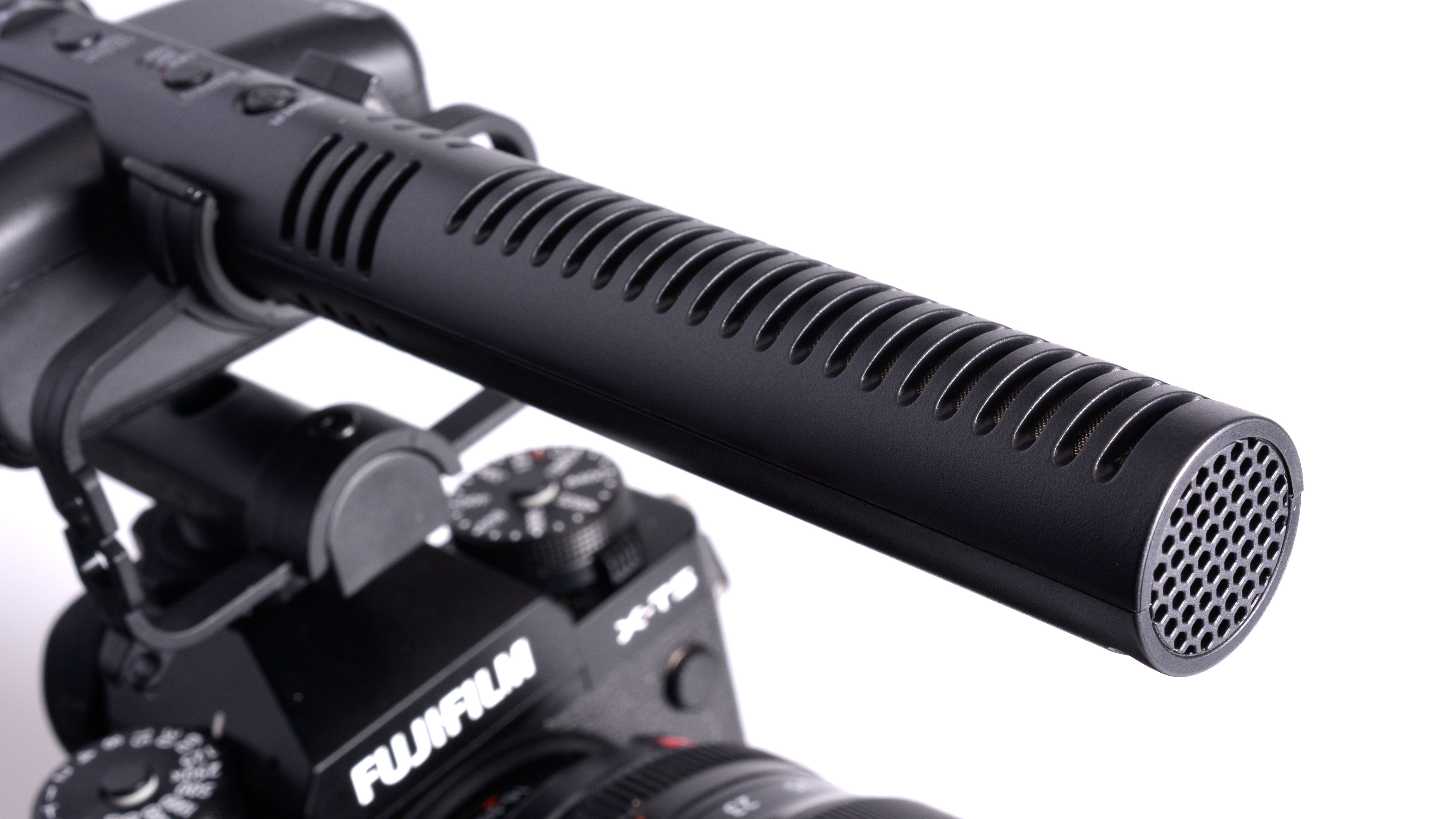
The mono mode really allows the M3 to focus very tightly on a subject with excellent off-axis rejection of surrounding noise, making it very effective for recording voices, either interviews or pieces to camera. However, if you want a little more aural atmosphere, then the 90-degree stereo setting provides a nice balance.
The Zoom M3 isn’t the smallest of on-camera video mics, but it’s still a very compact package given it incorporates a digital recorder and still only weighs 135 grams. We trialled it fitted to the Fujifilm X-T5 and it’s partly well-suited physically to a mid-sized mirrorless camera such as this. The shock mount is pretty effective at dealing with general handling noise when shooting hand-held, but as noted earlier, if the camera is tripod-mount and you want to make any adjustments while recording, the camera’s touch screen controls for video eliminate the likelihood of any clicks or knocks being picked up and making themselves heard on your soundtrack.
Verdict
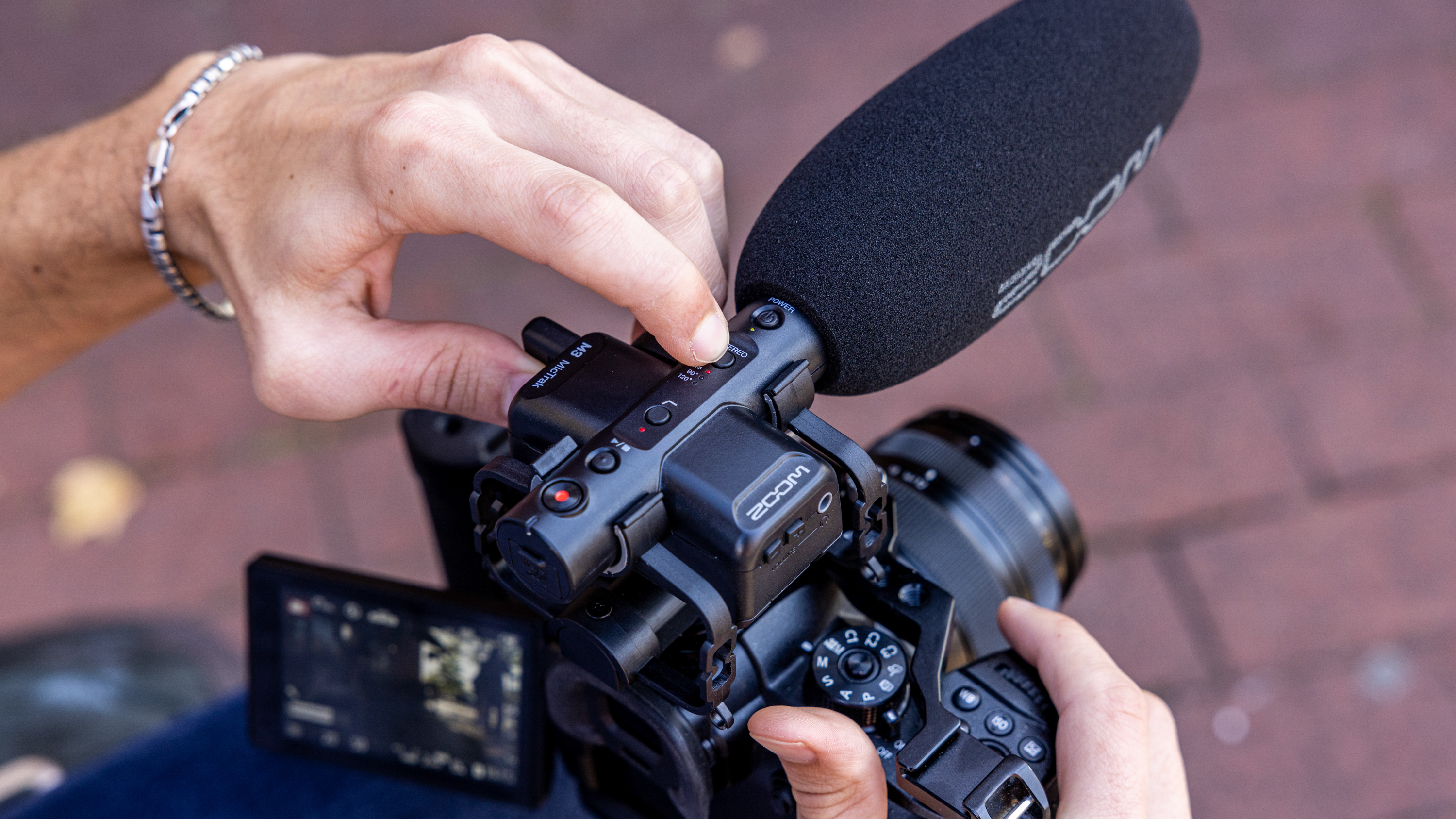
Photographers getting into shooting video are invariably struck by how much more there is to think about when shooting moving pictures. This includes the added dimension of sound which is compounded by the fact that audio is mostly an afterthought even with the better-specced hybrid mirrorless cameras. If you’re serious about your sound then an external recorder is a must, so the Zoom M3 MicTrak kills two birds with one well-aimed stone. Better still, it delivers superior audio quality at an affordable price with the convenience of simple operation and the capacity to perform exceedingly well in any audio environment, especially busy outdoor locations. It’s a big step up in audio quality from any conventional video mic, but the enhanced practicality and flexibility of the built-in recorder are very big plusses as well. Sounds too good…? No, it’s true.







